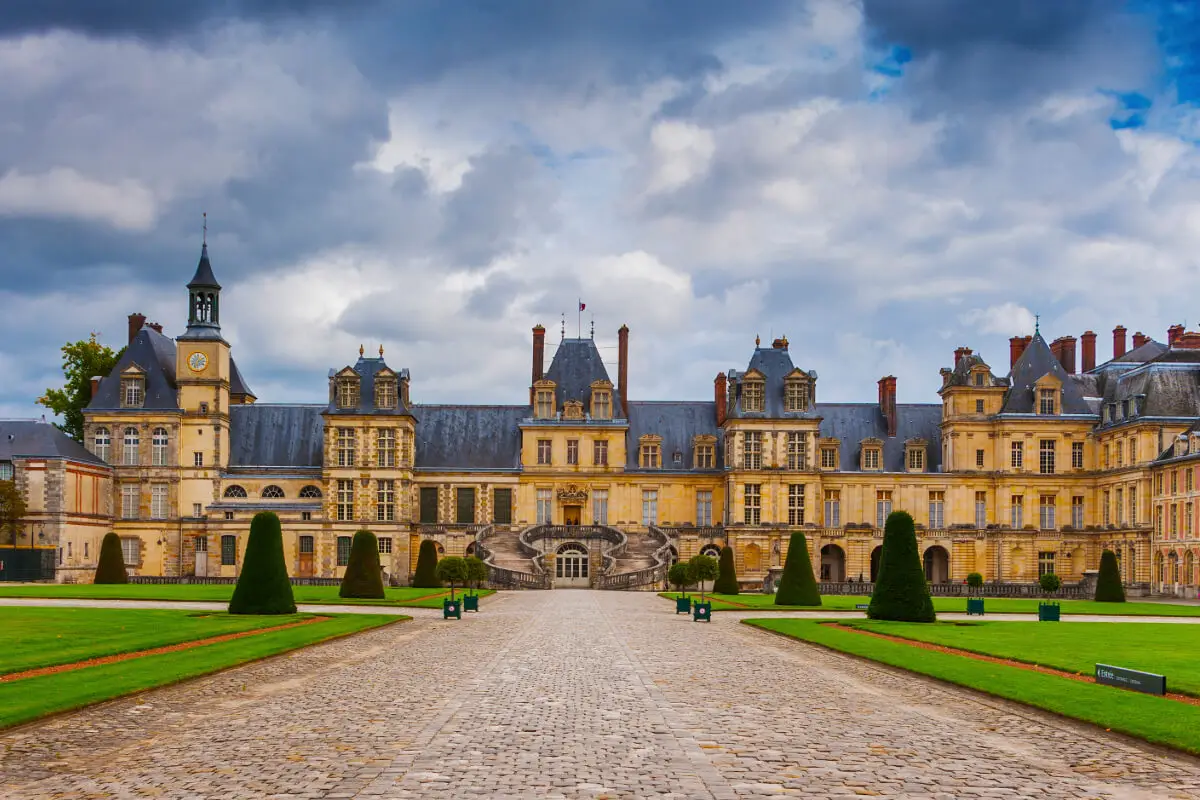Cultural tides rise and fall, leaving indelible imprints on human civilization. One such monumental surge was the French Renaissance, an epoch of effervescent intellectual and artistic awakening. This intriguing era was heavily influenced by Italian Renaissance art and reinvigorated after the Hundred Years’ War cessation. It was a pivotal period in French history, a testament to the nation’s resilience and capacity for cultural reincarnation.
A motley crew of notable figures led this cultural resurgence, from artists like François Clouet to writers such as François Rabelais. They, along with other influential patrons like Francis I, combusted the creative energies of the period, thereby bequeathing timeless artistic and architectural masterpieces. Despite the passage of time, these Renaissance luminaries continue to exert their irresistible charm on modern French culture.
Table of Contents
- Origins of the French Renaissance
- Key Figures and Contributions
- Renaissance Art and Architecture in France
- Reflective Influence on Modern French Culture
- Related Questions
Origins of the French Renaissance
The French Renaissance, an era of cultural and artistic rebirth that spanned the late 15th to early 17th century, sprouted from the fertile seed of Italy’s own Renaissance. But how did this influential movement make its way from the sunny shores of Italy to the regal courts of France?
Here, a profound curiosity vibrated within Charles VIII’s youthful mind. The French monarch was deeply fascinated by the cultural developments of the ongoing Italian Renaissance. In his quest for knowledge and wisdom, he felt compelled to explore this world of art and intellect. Armed with an insatiable thirst for Italian Renaissance culture, he embarked on the iconic Italian War in 1494.
But what initially began as a conquest ended up as a cultural exchange. The French king and his soldiers marveled at the unrivaled magnificence and intellect thriving in Italian society. The masterful works of art drew them in, as the groundbreaking architectural designs and the innovative philosophical ideas that defined the Italian Renaissance.
As Charles VIII and his forces returned to French soil, they did not come back alone; they brought with them artisans, scholars, and a constellation of ideas that would ultimately light up France’s intellectual and cultural sky. This sparked the French Renaissance’s advent, transforming France’s cultural landscape and inspiring its inhabitants to embrace creativity and knowledge beyond religious bounds.
During this period, art blossomed like never before. This Renaissance era depicted an immense love for detail, and perspective and techniques were employed to create works that mirrored reality. The French Renaissance embraced the old and the new, combining medieval traditions with classical themes. It gave birth to artists like Jean Clouet and François Clouet, whose works magnificently represented the courtly life of the era.
Moreover, architecture also underwent a significant transformation during the French Renaissance. Inspired by Italian architectural techniques and styles, French architects began incorporating Romanesque and Gothic architecture elements, elevating their constructions into veritable works of art. Loire Valley castles or ‘châteaux’ are stunning examples of this architectural metamorphosis.
Between the strokes of the artist’s brush and the sculptor’s chisel, beneath the symmetrical arches and amidst the whispers of philosophy, the French Renaissance came alive. It was an era that not only exhibited an appreciation for art and culture but possessed an unyielding spirit, relentlessly finding ways to innovate and pioneer, all while preserving the memory of history deep in society’s heart. This remarkable period marks an indispensable chapter in the story of art, breathing life into artistic expression and leaving an indelible mark on French identity that resonates even today.
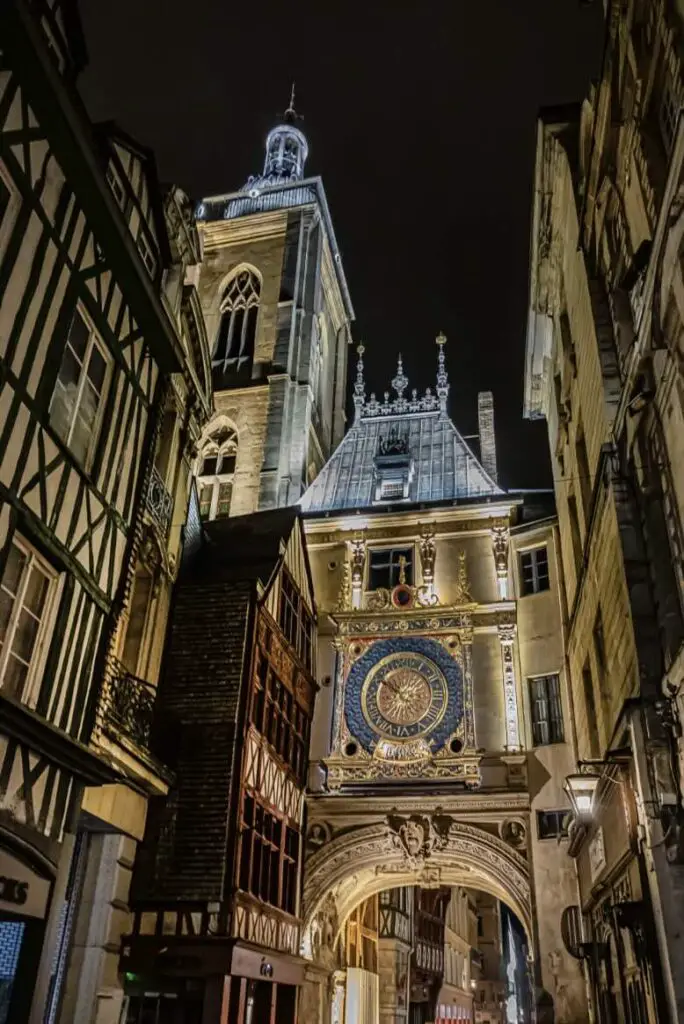
Key Figures and Contributions
Key Figures of the French Renaissance: Architects of Artistic Revolution
Embarking on the exploration of the French Renaissance, we delve deep into a compelling era teeming with innovation, transformation, and discovery. This age saw remarkable creativity, enlightenment, and cultural advancements. Central to this epoch were magnates of art, literature, and philosophy, whose contributions forged a noteworthy paradigm shift.
In the realm of artistic genius, Jean Clouet stands as a pillar of the French Renaissance. A court painter to King Francis I, Clouet’s art showcased the melding of Flemish influences with Italian nuances. He skillfully portrays his subject’s character and status, thereby exemplifying the harmony of contrasting traditions. His masterpiece, “Portrait of Francis I,” encapsulates the confluence of realism, detail, and elegance, thus setting the standard for portraiture in the French court.
Parallel to Clouet’s portraiture, Jean Fouquet’s pioneering innovations in the illumination domain marked a distinctive revolution of artistic techniques. Fouquet’s combination of miniature painting with compelling narrative composition in “Grandes Heures of Anne of Brittany” remains unparalleled. His work gave the French written word newfound visual power, birthing a new age for manuscript illumination in France.
Another figure synonymous with the French Renaissance is Pierre Lescot, an architect whose work highlighted the fusion of traditional French design with Italian Renaissance architectural concepts. The Louvre’s Cour Carrée masterpiece is a testament to Lescot’s remarkable skill, his impeccable attention to spatial proportions and symmetry harmonizing with aesthetic elegance. Lescot’s work, indeed, laid the foundations for the dawn of French classicism in design.
In literature, François Rabelais took center stage. Bringing forth a certain literary audacity in his narrative composition, Rabelais relayed philosophical ideas and satire through vivid characters and dynamic dialogue. His magnum opus “Gargantua and Pantagruel” reflects the Renaissance ideals of secularism, humanism, and intellectual freedom obscured in humor, making him a pivotal figure of France’s literary golden age.
Meanwhile, philosopher Michel de Montaigne’s introspection ushered in a novel form of literature: Essays. As an unprecedented medium for personal insight and intellectual exploration, Montaigne’s “Essays” fundamentally transformed Renaissance humanism, paving the path for modern skepticism. His freedom of expression and thematic breadth remain iconic tributes to the spirit of the French Renaissance.
Art, architecture, literature, and philosophy converged under the luminous spirit of the French Renaissance, embodied by these quintessential figures. With its singular vision and creativity, each heralded a cultural renaissance sketching contours of contemporary French identity. Their prolific endeavors echo still in the annals of history, resonating in today’s artistic and intellectual landscapes, monumental testaments to the indomitable human spirit that the French Renaissance vigorously encapsulates.
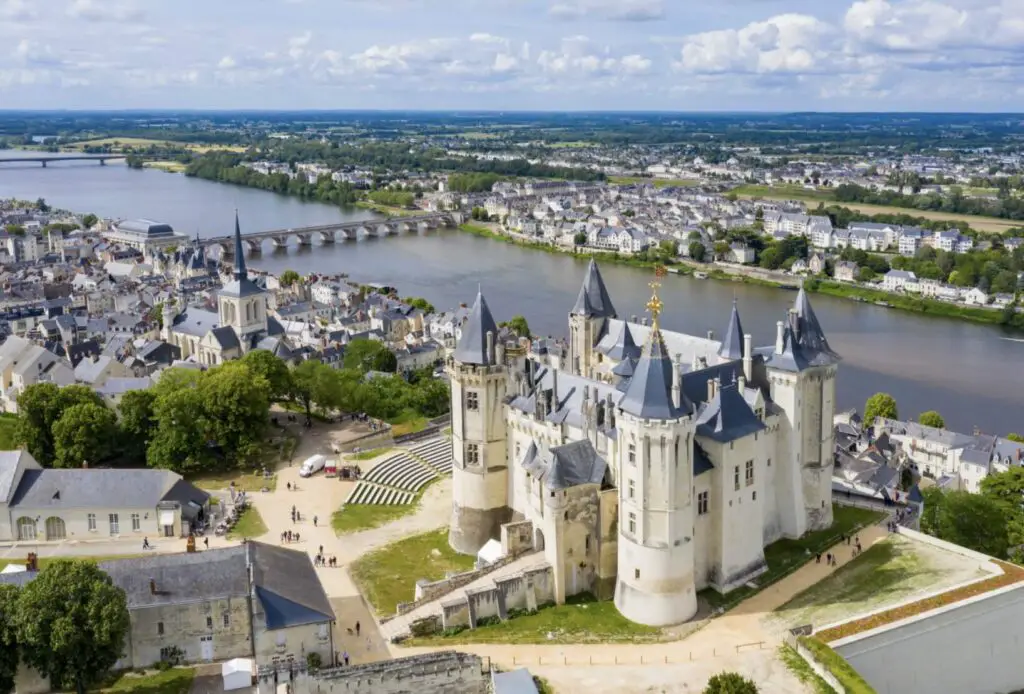
Renaissance Art and Architecture in France
Building upon this intellectual and aesthetic evolution of the French Renaissance, it is imperative to examine the significant figures who influenced and shaped this era. Artists and visionaries such as Jean Clouet, Jean Fouquet, Pierre Lescot, François Rabelais, and Michel de Montaigne played cardinal roles in molding the essence of this epoch by infusing their unique perspectives and individual skills.
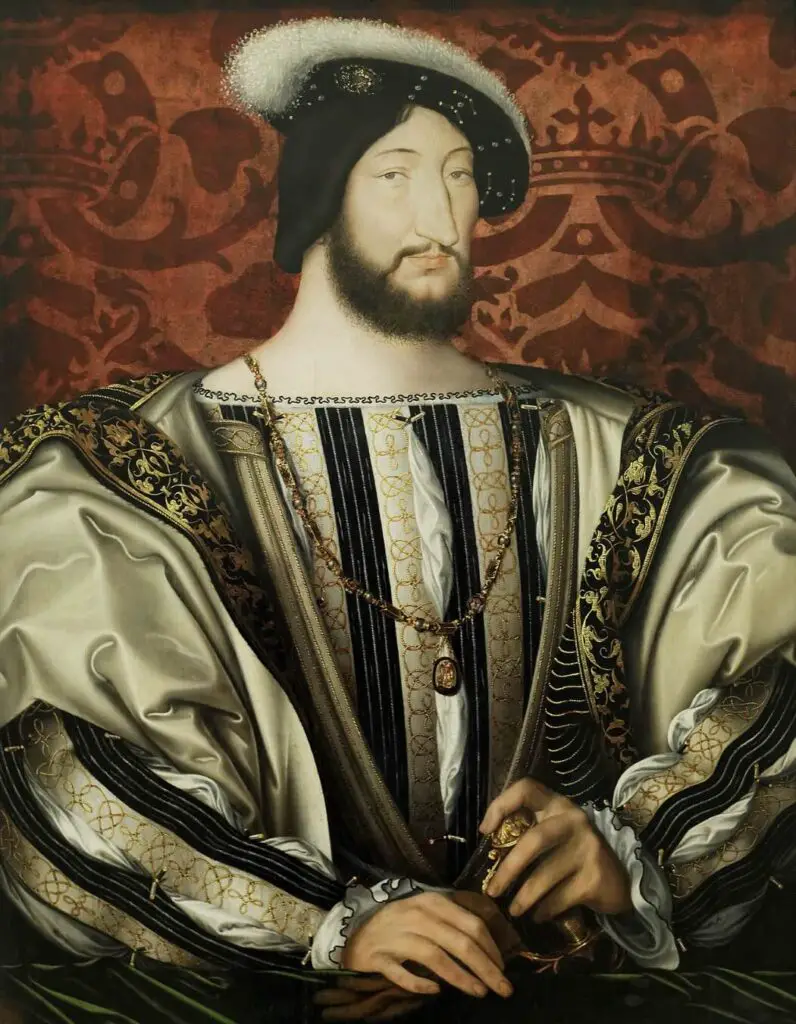
Jean Clouet, a renowned court painter, transformed the art scene of his time by beautifully merging Flemish influences with Italian nuances. His portraits bore an exquisite testament to the intermingling of these styles, underscoring a quiet, introspective dignity inherent in his subjects. They encapsulated the grandeur and delicate intricacies of the French Renaissance.

Master of illumination Jean Fouquet also left an indelible mark on the French Renaissance, pioneering innovations in this artistic technique. His grasp of color, light, and detail breathed life into religious and secular manuscripts, adding a vibrant layer to the art of this era.
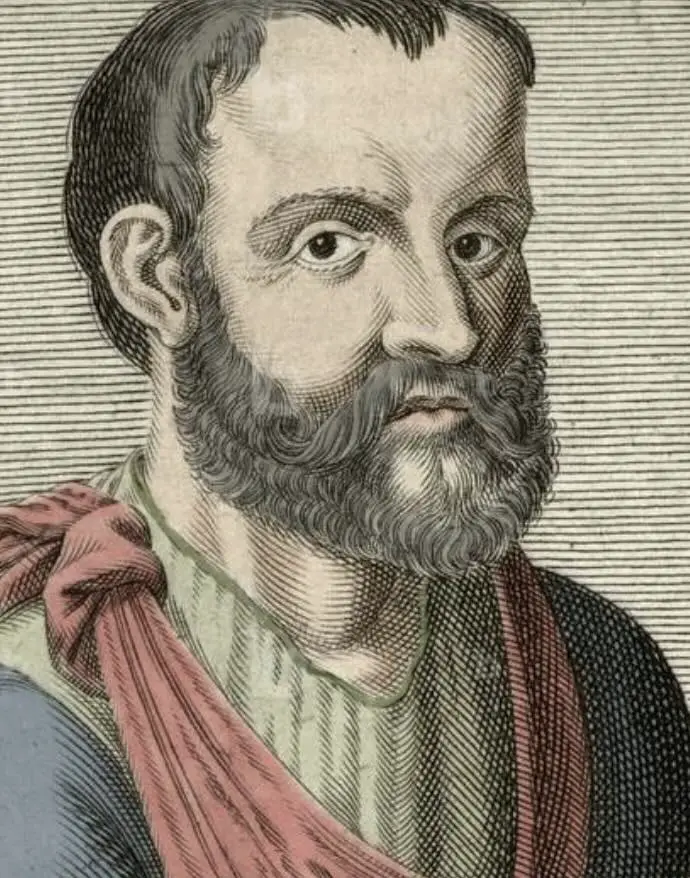
Architecture during the French Renaissance was equally transformative. Pierre Lescot, an influential architect of this epoch, put forth designs that masterfully blended traditional French elements with the new concepts of the Italian Renaissance. His vision inspired the construction of structures like the west wing of the Louvre, an exceptional testament to the fusion of this unique architectural form.
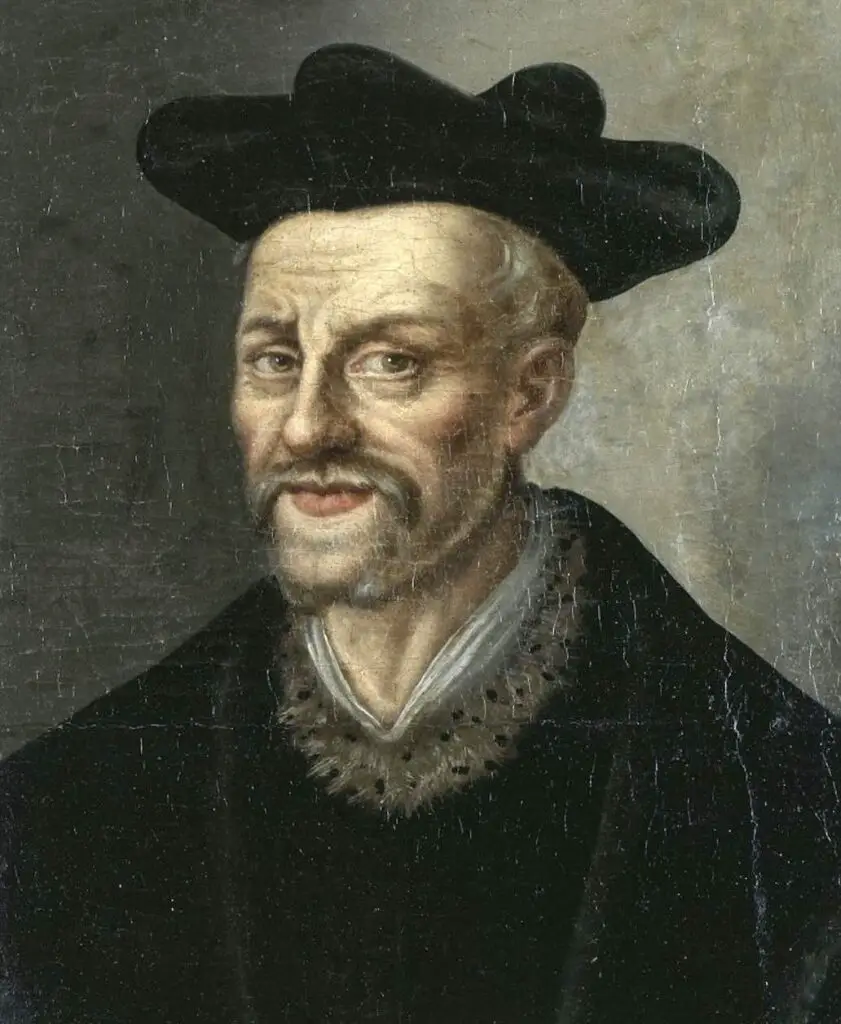
In the literary landscape, figures like François Rabelais and Michel de Montaigne were trailblazers. Rabelais displayed audacious inventiveness through his narrative compositions, which are known for their biting satire and innovative use of language. His works, such as Gargantia and Pantagruel, opened the doors for a new form of literary expression, reflecting the humanistic spirit of the era.
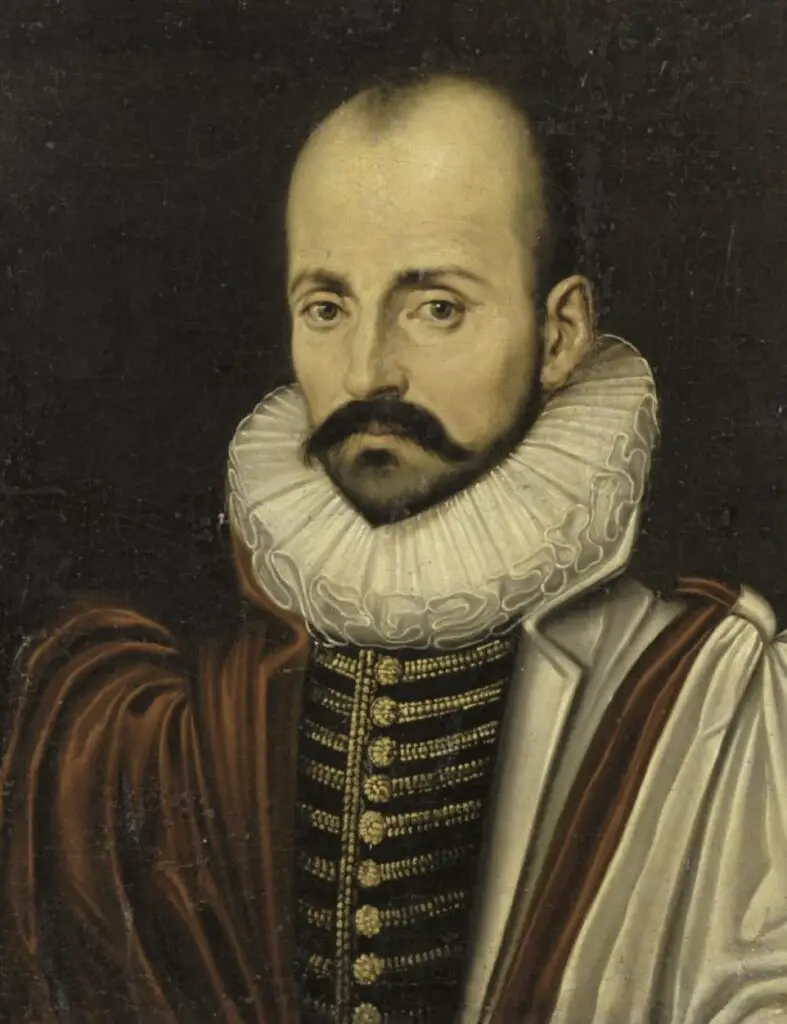
Similarly, with his introspective essays, Michel de Montaigne shifted the course of Renaissance humanism. Rather than focusing primarily on ancient texts, Montaigne turned the lens inward, contemplating human nature. His Essays transcended traditional forms, introducing a more personal, confessional style of literature, symbolizing the ever-expanding horizon of the French Renaissance.
The French Renaissance was a time of profound art, architecture, and literature shift. It was an era vividly colored by the amalgamations of ideas, beautiful experiments in style, and trailblazing innovations from influential figures. As we view this era through a retrospective lens, it’s impossible not to be moved by the relentless spirit of exploration that defined it and carved a timeless mark in the history of art.
Reflective Influence on Modern French Culture
Beyond the scope of art and architecture, the social and literary developments during the French Renaissance also had a significant, lasting impact on French culture. An intellectual awakening and a newfound emphasis on education marked the period. The invention of the printing press during this time led to a rise in literacy rates, offering more people access to knowledge.
One of the most outstanding fruits of this intellectual revolution was François Rabelais’s literary masterpiece, Gargantua and Pantagruel. This witty satire offered scathing commentary on contemporary society and the church, subtly introducing revolutionary concepts of humanism. This spirit of satire and humor, adapted to local culture and tastes, has remained an enduring element in French literature and humor. Even current French literature, film, and television are peppered with satire and wit, tracing back to Rabelais’s audacious narratives.
Then you have Michel de Montaigne, whose introspective and reflective essays had a groundbreaking influence on the literary world. Montaigne’s works were vulnerable and relatable, diverging from the distant grandeur of classical literature and paving the way for a more humanized literary approach. Today’s French literature and narrative style often display self-reflection and personal insight, which owe a debt to Montaigne’s pioneering approach.
Within the realm of visual arts, artists like Jean Clouet played a substantial role in shaping the aesthetics of the French Renaissance through their unique blending of artistic influences. Clouet adopted elements of Flemish precision and detail and melded them with the Italian Renaissance’s nuances and color schemes, thus synthesizing a distinctly French style.
Similarly, Jean Fouquet’s innovative illumination techniques vastly influenced manuscript illumination and painting, giving the artwork a brighter, more lively feel.
Pierre Lescot’s ingenious architectural concepts and designs, combining traditional French design elements with the grandeur of the Italian Renaissance, played a critical role in creating iconic French structures. This architectural blend was a precursor to the distinct architectural heritage seen in France today, characterized by its grand châteaux and mighty buildings.
With its palpable effects and influences, the French Renaissance remains a deep-seated part of modern French culture. Infused in literature’s veins, imprinted on architecture’s grandeur, and embedded in the societal structure, its echoes continue to resonate through the centuries.

The French Renaissance, unfurled with intellectual curiosity and artistic innovation, still reflects vibrantly in the prism of contemporary French culture. Its alluring art and architecture, the narrative of societal transformation, and its radiant pantheon of contributors have withstood the ferocious winds of time.
From literature to societal norms, the resonances of this Renaissance can be discerned even in today’s French society. Far from being marooned in a remote historical epoch, the vibrant threads spun during the French Renaissance dramatically color and shape modern French culture, a testament to their sensitively enduring intellectual beauty and artistry. Thus, the compelling legacy of the French Renaissance encapsulates a pivotal time in French history and continues to infuse life into the chronicles of French civilization with its undying spirit and timeless influence.
Anita Louise Art is dedicated to art education, great artists, and inspiring others to find and create their art. We love art that uplifts and inspires. #ArtToMakeYouSmile! #ArtToMakeYouHappy!
If you are interested to see any of my art, you can find out more by clicking here. If you are interested in what inspires me and my paintings, you can discover more by clicking here.
We have a free newsletter and would love you to be part of our community; you can subscribe to the newsletter by clicking here. If you have any questions, I would be happy to talk to you anytime. You can reach me, Anita, by clicking here.
Subscribe to our Anita Louise Art YouTube Channel with great videos and information by clicking here.
Join us for our podcast “5 Minutes With Art.” Spend just 5 minutes a week with us to discover and learn about great art and artists. You can find out more about our podcast by clicking here.
Related Questions
Which Ear Did Van Gogh Cut Off Left Or Right? And Other Facts
Vincent Van Gogh cut off his left ear; he painted several paintings of himself with the bandaged ear. The events leading up to the ear cutting were because of artistic disagreements with the artist Paul Gauguin. Cutting off his left ear made the local newspaper’s front page and set off a chain of events that would change Vincent Van Gogh’s life forever.
By clicking here, you can discover more by reading Which Ear Did Van Gogh Cut Off Left Or Right? And Other Facts.
Why Did Vincent Van Gogh Commit Suicide?
Vincent Van Gogh had a mental illness; many believe he was manic-depressive. He was also sad and lonely and felt a huge financial burden. He committed himself to the mental hospital for treatment, but all this made it very difficult for him to do what he loved most, which was to paint.
By clicking here, you can learn more by reading Why Did Vincent Van Gogh Commit Suicide?
Why Are Vincent Van Gogh’s Paintings So Valuable?
Vincent van Gogh was an extremely prolific artist who painted over 900 works of art during his short lifetime. His work is appealing, and his use of colors and brushstrokes help make his art genuinely unique. He inspired many art movements and artists, and Van Gogh left us a legacy of his art and his letters and thoughts.
By clicking here, you can discover more by reading Why Are Vincent Van Gogh’s Paintings So Valuable?

